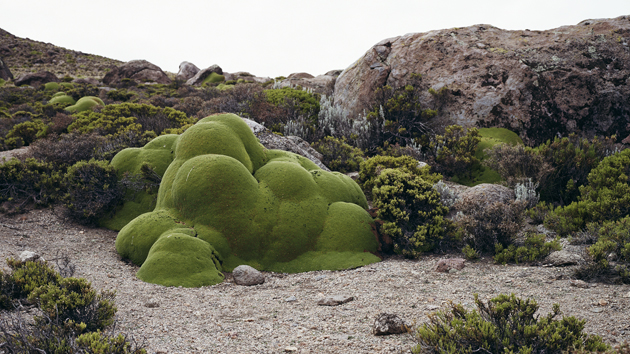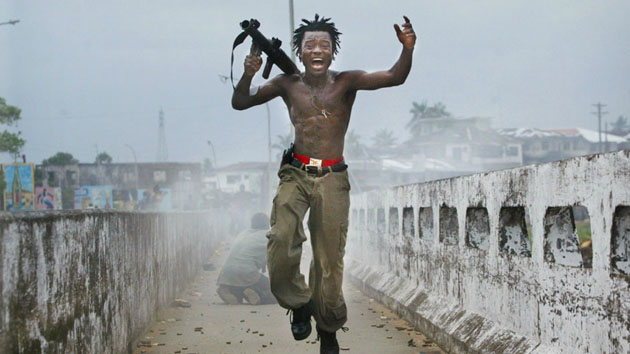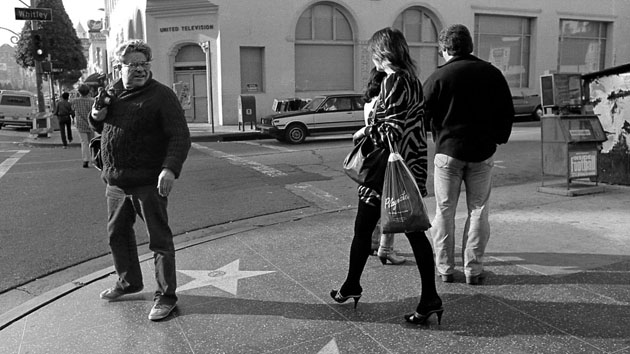Making art with a computer ain’t easy. Just ask Andy Warhol. The American icon mastered numerous art forms and shaped our culture with his work. But a newly-discovered collection of files from 41 floppy disks—yes, floppy disks—shows that he struggled with early digital design tools. Today, members of Carnegie Mellon University’s Computer Club and STUDIO for Creative Inquiry in Pittsburgh released a previously unseen set of images Warhol created in the 1980s using a Commodore Amiga 1000. (That used to be a type of computer, kids.)
The work was discovered after artist Cory Arcangel found a fuzzy You Tube video from 1985. In it Warhol sits next to Blondie singer Debbie Harry and uses the Amiga to paint her digital portrait. Jonathan Gaugler of the Carnegie Museum of Art says Arcangel was “relatively sure” the disks containing Warhol’s digital prints would be housed in the Warhol Museum. Sure enough, they were. But, Gaugler says, “It’s risky. Because reading them in a drive, there is a chance of wiping it just by trying.”
So the museum’s curator, Tina Kukielski, connected Arcangel with the Carnegie Mellon’s Computer Club, which wrote original code to safely read the data without damaging it. The process was captured in the upcoming documentary film series The Invisible Photograph, premiering May 10 at the Carnegie Library Lecture Hall.
Here are some of Warhol’s digital works, and stills from documentary showing how they were retrieved. Enjoy—while listening to Blondie if you can:




















